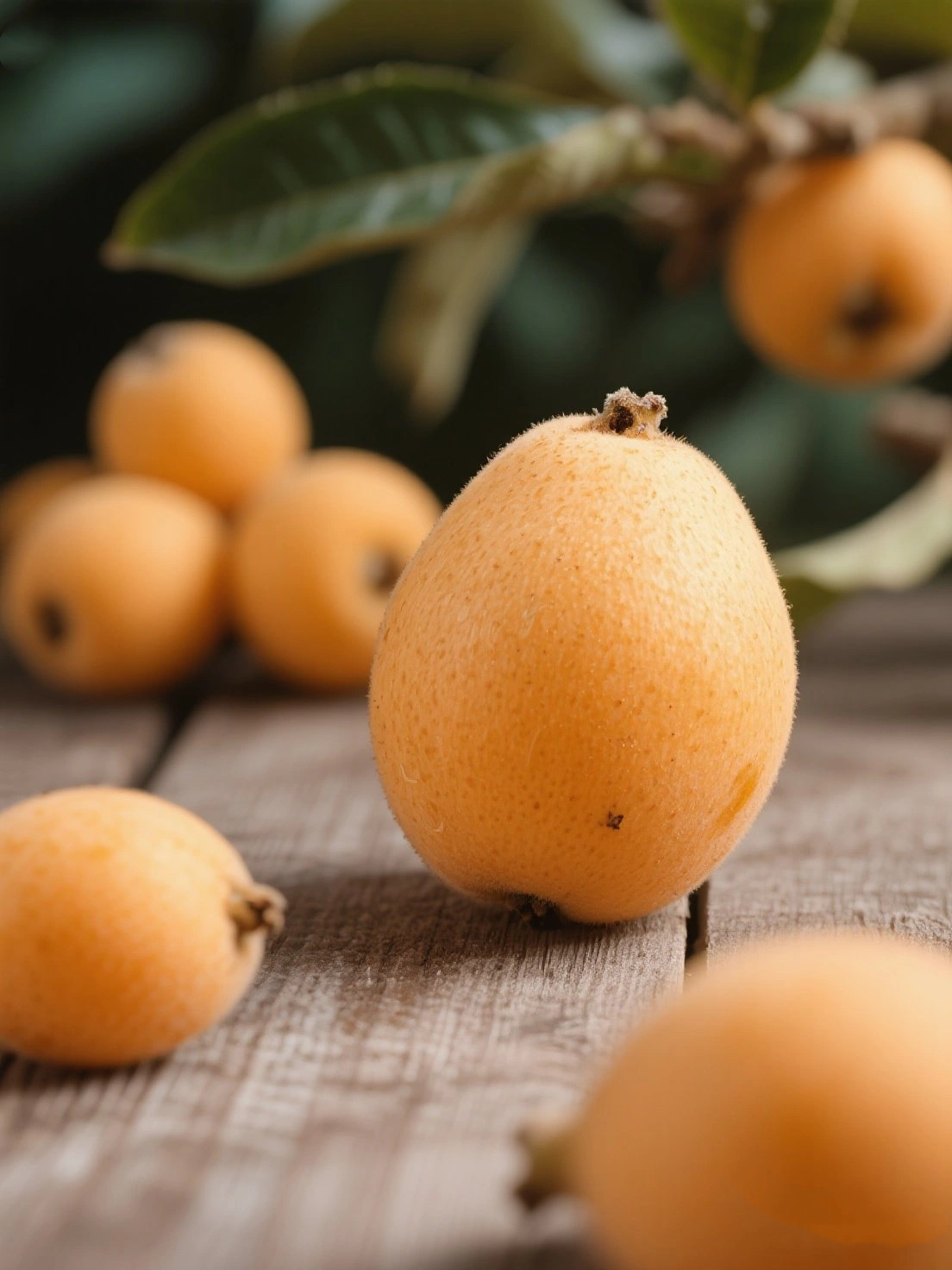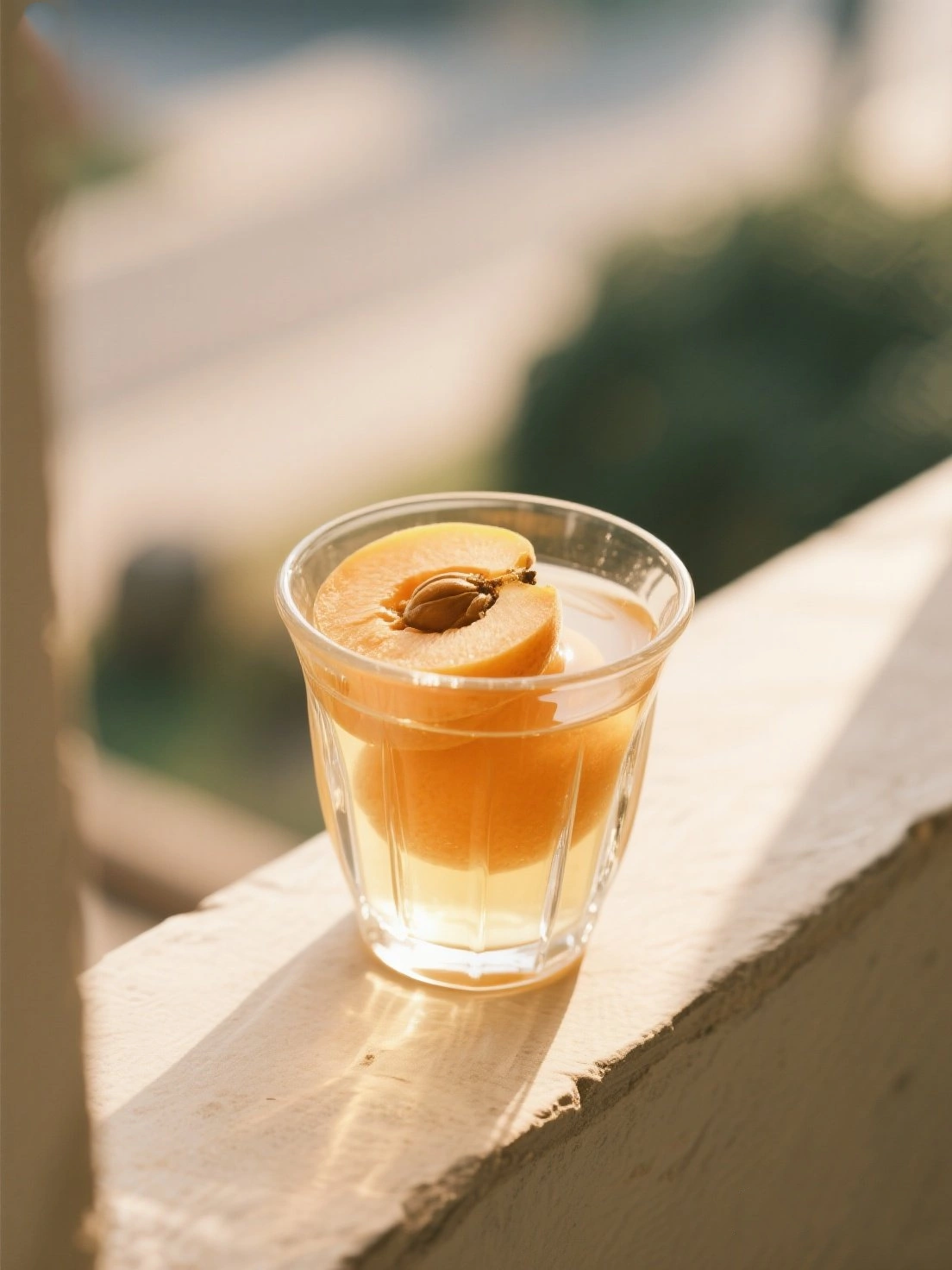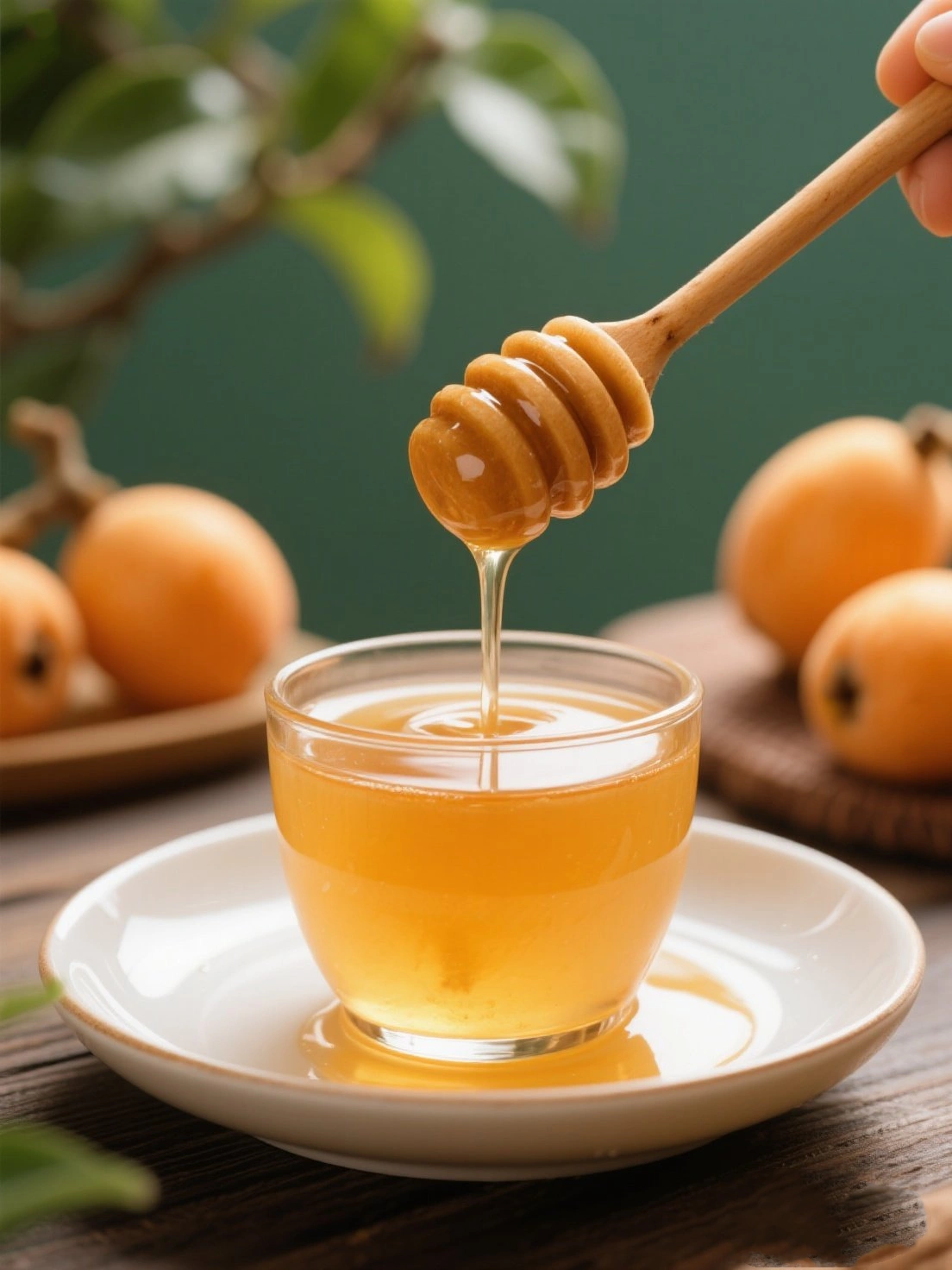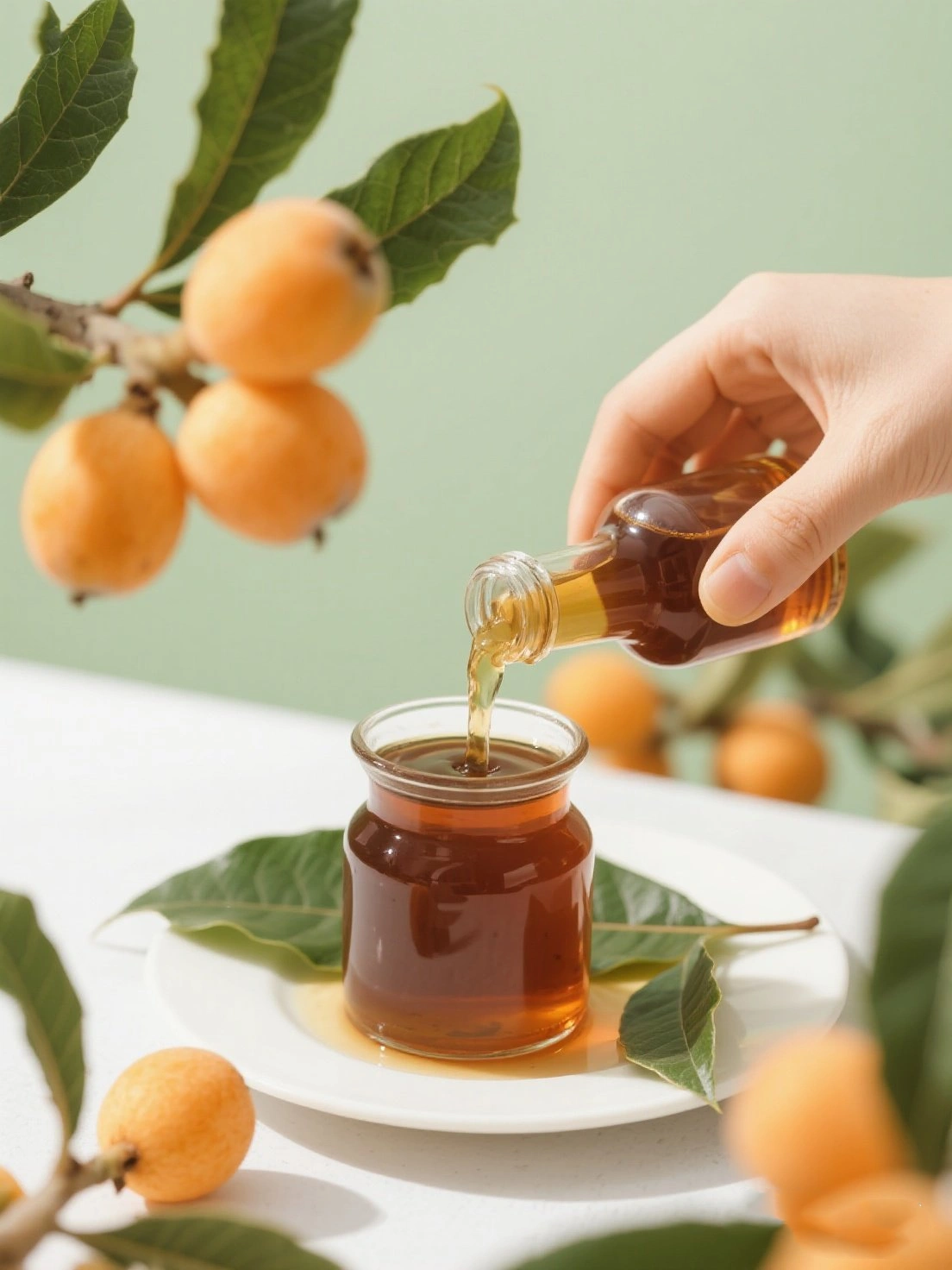Loquat (Eriobotrya japonica), known as "pipa" in Chinese, is a fruit native to southeastern China that has been cultivated for over 2000 years. The name "pipa" comes from the fruit's resemblance to the Chinese lute instrument of the same name.
In Chinese culture, loquat symbolizes wealth and good fortune. Its golden color represents prosperity, while its evergreen leaves symbolize resilience. The fruit is often depicted in traditional Chinese paintings and poetry as a symbol of abundance and health.
Major loquat production regions in China include Fujian, Zhejiang, Jiangsu, and Sichuan provinces. The fruit was introduced to Japan about 1000 years ago and later spread to Europe and the Americas in the 18th century.






